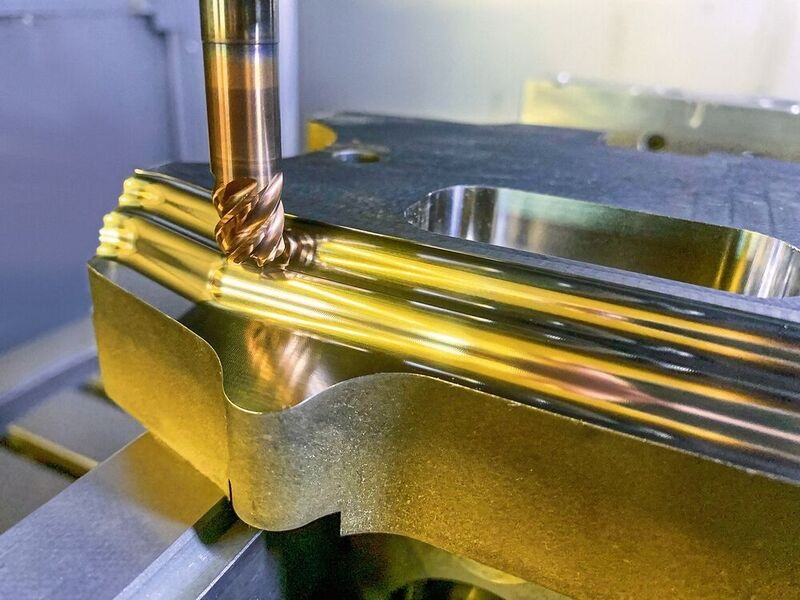As vehicles become more complex, car owners face increasingly complex challenges when it comes to repairs and maintenance. Faulty components and malfunctioning systems can be challenging to diagnose and fix, but thanks to advanced diagnostic techniques, mechanics are better equipped than ever before to determine what’s going on under the hood. In this article, we’ll take a closer look at some of the latest diagnostic tools and techniques for auto repair.
Computerized Diagnostics
One of the most significant advances in automotive diagnostics has been the use of computerized systems to diagnose issues within a vehicle’s various components and systems. Computerized diagnostics require special equipment and software that can interact with a car’s onboard computer system to gather data about how the vehicle is performing. This data can help mechanics identify specific problem areas that would otherwise be challenging to diagnose.
Digital Scopes and Sensors

Digital scopes and sensors are other critical tools for advanced diagnostics. Digital scopes can be used to inspect hard-to-reach areas within the engine or transmission, allowing mechanics to get a close-up look at components that would otherwise be difficult to access. Sensors, on the other hand, can be used to monitor a vehicle’s various systems in real-time, keeping track of things like engine performance, fuel efficiency, and emissions.
Diagnostic Software
Diagnostic software is another essential tool for advanced auto repair. This software is designed to work with a car’s onboard computer system to provide mechanics with detailed information about how the vehicle is performing and what specific issues may be occurring. With diagnostic software, mechanics can pinpoint potential problems quickly and accurately, saving time and money in the long run.

Thermal Imaging
Thermal imaging is another cutting-edge diagnostic technique that can be incredibly helpful in identifying automotive issues. Thermal imaging cameras use infrared technology to detect hotspots within a vehicle’s components or systems. These hotspots can indicate potential issues like overheating or electrical shorts, which can be difficult to detect with other diagnostic tools.
Advancements in diagnostic tools and techniques have made auto repair more accurate, efficient, and effective than ever before. From computerized diagnostics and digital scopes to diagnostic software and thermal imaging, mechanics have more tools at their disposal than ever before to diagnose and fix complex problems. As vehicles continue to become more complex, these advanced diagnostic techniques will become increasingly important to ensuring that car owners can get back on the road quickly and safely.

